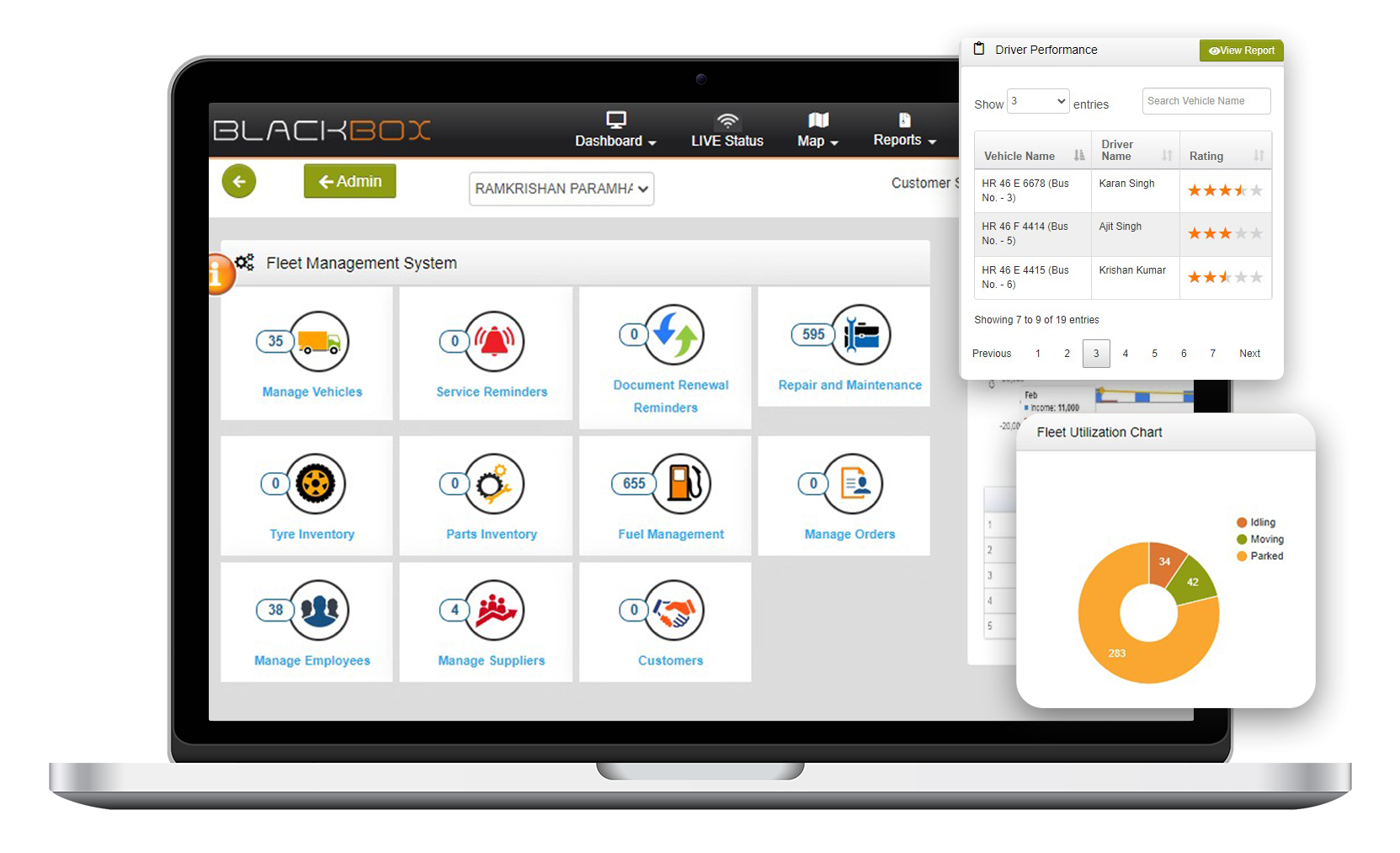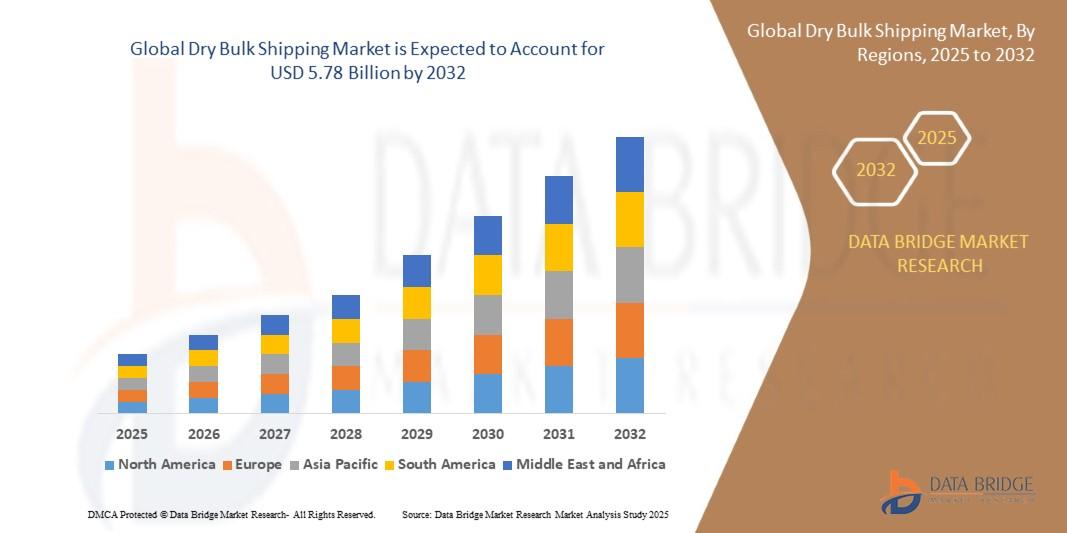Challenges and Opportunities in Fleet Management Software

A central and defining competitive battle shaping the future of the Fleet Management Software Industry in the United States is the rivalry between the aftermarket telematics providers and the vehicle Original Equipment Manufacturers (OEMs). For many years, the telematics market was exclusively an "aftermarket" one. A fleet would purchase a truck from an OEM, and then separately purchase a third-party telematics device and software platform to install in that truck. This created a massive market for the specialized, third-party telematics providers. However, this model is now being directly challenged by the OEMs themselves. The major commercial vehicle manufacturers—such as Daimler Truck, Paccar, Volvo, and Ford—are now factory-installing their own proprietary telematics hardware as a standard feature on all their new vehicles. They are also launching their own branded fleet management software platforms. This strategic move represents a massive shift in the industry's structure. The OEMs are no longer content to just build the vehicle; they want to own the valuable, recurring-revenue relationship with the fleet operator that comes from providing the data and software services. This has created a high-stakes battle for control of the vehicle's data stream.
Key Players
The key players in this OEM vs. aftermarket battle are clearly defined. On the aftermarket side, the key players are the major, hardware-agnostic telematics platform providers, with Geotab and Samsara being the two dominant forces. Their competitive advantage is their ability to provide a single, unified platform that can work with a "mixed fleet" of vehicles from many different manufacturers. They offer an open platform with a vast ecosystem of third-party integrations, giving the fleet operator greater choice and flexibility. On the OEM side, the key players are the major truck manufacturers themselves. Daimler Truck (with its Detroit Connect platform), Paccar (with its PACCAR Connect), and Volvo Trucks North America are all major players. Their competitive advantage is the deep, native integration of their telematics system with the vehicle's core engineering. They can access a much richer stream of proprietary engine and diagnostic data than a third-party device can, and they can offer unique features like remote diagnostics and over-the-air software updates for the vehicle's control units. The major US fleet operators are also key players, as their purchasing decisions and their preference for either a single, open platform or a deeply integrated OEM solution will ultimately determine the outcome of this battle.
Future in "Fleet Management Software Industry"
The future of this competitive battle in the US will not be a "winner-take-all" scenario but a more complex and collaborative one. While the OEMs will have a powerful advantage with new vehicle sales, the aftermarket providers will continue to have a massive market in serving the millions of existing vehicles already on the road and, critically, in serving the huge number of fleets that operate a mix of different truck brands and ages. A major future trend will be a move towards greater interoperability and data sharing. The aftermarket platforms are building integrations that can pull in the data from the OEMs' factory-installed telematics systems, allowing a fleet manager to see all of their vehicles—both new and old, from different brands—on a single dashboard. The future will also likely see the OEMs themselves opening up their data platforms to a greater degree, creating an "app store" model where third-party software developers can build new applications on top of the OEM's data. This is a hybrid model that is being actively debated in the North American market, as both sides recognize that a completely closed, proprietary ecosystem is often not what the end customer wants.
Key Points "Fleet Management Software Industry"
This analysis highlights several crucial points about the OEM vs. aftermarket competition in the US telematics market. The primary battle is over who controls the vehicle's data stream and the long-term, recurring-revenue service relationship with the fleet. The key players are the open, hardware-agnostic aftermarket platforms (Geotab, Samsara) versus the closed, deeply integrated proprietary platforms from the major truck OEMs. The future will be a complex co-opetition, with a move towards greater data interoperability and a hybrid model that gives the fleet operator a choice while still leveraging the deep data from the factory-installed systems. This competition is a central dynamic that is driving innovation and shaping the structure of the entire fleet management industry. The Fleet Management Software Industry is projected to grow to USD 60.09 Billion by 2035, exhibiting a CAGR of 6.92% during the forecast period 2025-2035.
Top Trending Reports -


